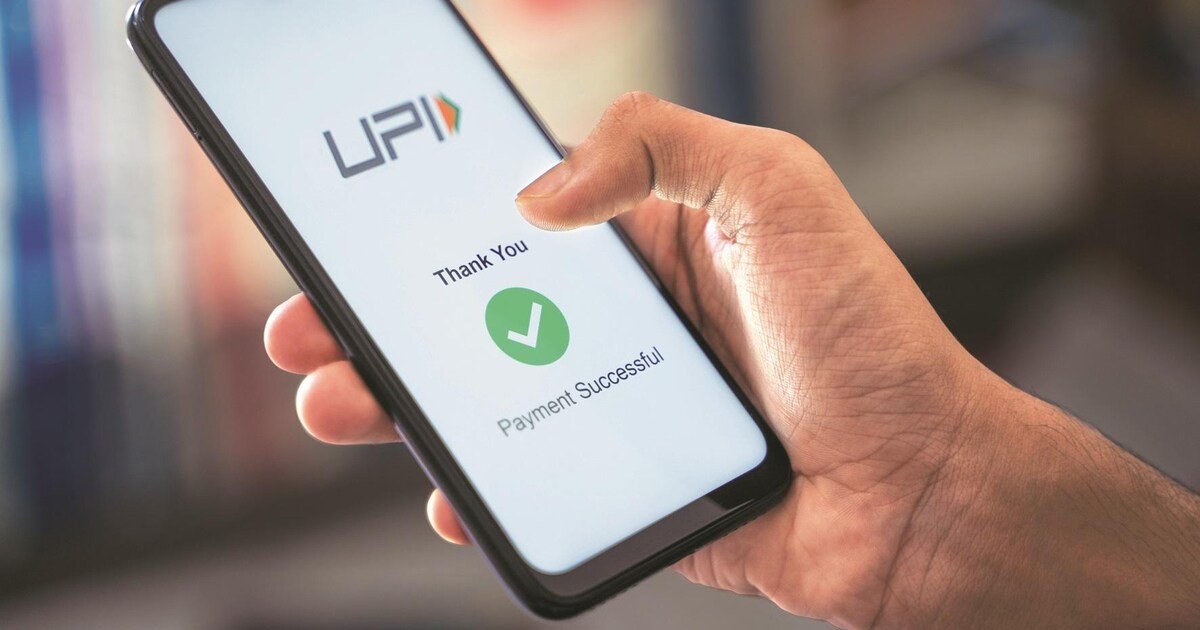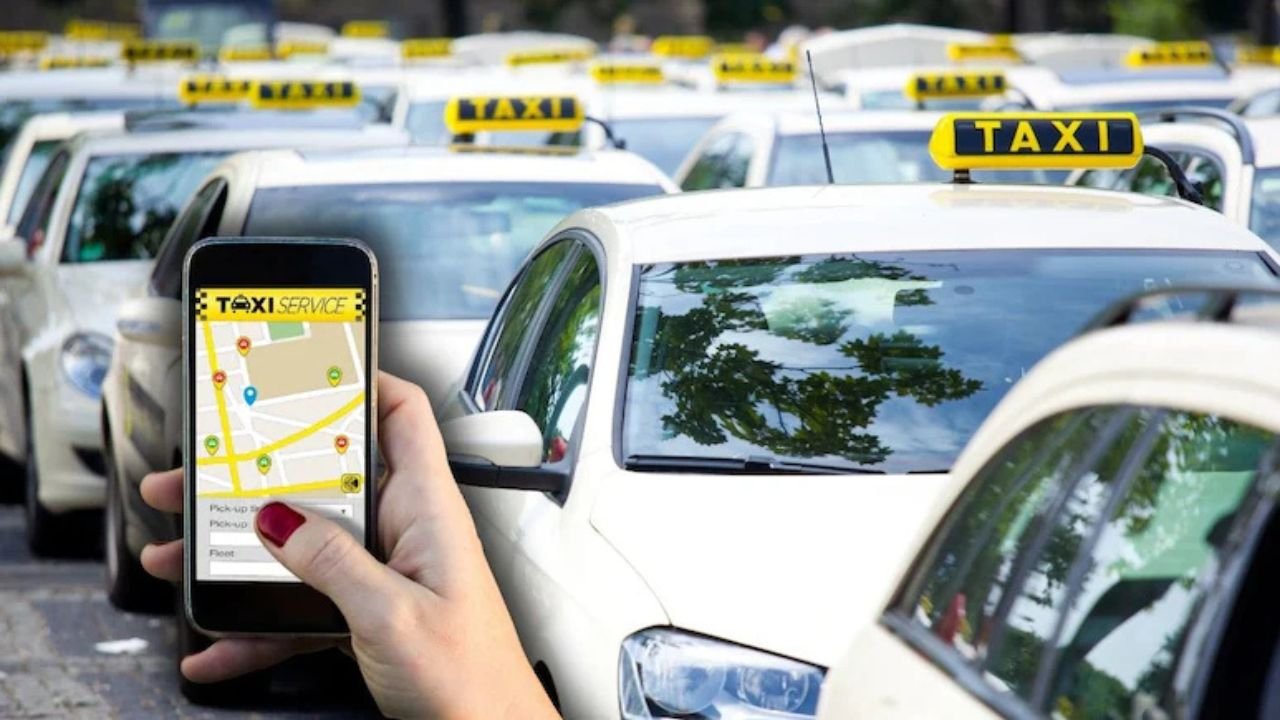New Delhi – As the festival of lights illuminated every corner of the nation, another powerful force was lighting up India’s economy: the Unified Payments Interface (UPI). In an astounding display of digital prowess and public adoption, UPI transactions shattered all previous records during the festive month of October. According to the latest data released by the National Payments Corporation of India (NPCI), the platform witnessed unprecedented activity, cementing its position as the backbone of India’s burgeoning digital economy. This festive surge is not merely a set of numbers; it’s a powerful testament to a nation on the move, embracing a future of seamless, secure, and instantaneous digital transactions.
The headline figures are staggering. The daily average transaction value on the UPI network soared to a monumental ₹94 thousand crore (approximately $11.2 billion) in October. This represents a remarkable 13% jump from the already impressive figures in September, showcasing an accelerated momentum driven by festive spending. The pinnacle of this digital crescendo was reached on Diwali, the very heart of the festive season, when the platform processed a single-day record of 74 crore transactions. From bustling metropolitan malls to the smallest village Kirana stores, the ubiquitous QR code was the silent, efficient engine powering India’s festive cheer.
The Festive Firework of Digital Transactions
The Diwali season has always been a bellwether for India’s economic sentiment, a period where consumption and economic activity peak. This year, the story was written in digital ink. The record-breaking UPI numbers reflect a profound behavioural shift among Indian consumers and merchants. The ease of a quick scan-and-pay transaction has replaced the cumbersome process of handling cash for everything from buying sweets and gifts to paying for travel and festive decorations.
This digital wave was not confined to big-ticket purchases. The real strength of UPI lies in its deep penetration into micro-transactions. The 74 crore transactions on Diwali encompassed a vast spectrum of economic activity: a family paying a street vendor for diyas, friends splitting a restaurant bill, or a son sending digital ‘shagun’ (a ceremonial gift of money) to his parents in another city. Each of these transactions, no matter how small, contributed to a tidal wave of digital payments, showcasing a system that is as accessible as it is advanced.
This festive success is the culmination of years of relentless innovation and a focused push towards a less-cash society. It highlights the robustness and scalability of the UPI infrastructure, which handled the massive surge in volume without a hitch, ensuring that the wheels of commerce kept turning smoothly during the busiest time of the year. It’s a victory for the engineers who built it, the policymakers who championed it, and the hundreds of millions of Indians who have made it a part of their daily lives.
More Than Just Payments: UPI’s Role in a New India
To truly appreciate the significance of these numbers, one must look at UPI’s incredible journey. Launched in 2016, it was a bold vision for a unified, interoperable payments system. Today, it has exceeded all expectations, becoming a global case study in building digital public infrastructure. The secret to its phenomenal success lies in a few core principles:
- Simplicity and Accessibility: The user-friendly interface, powered by QR codes and mobile numbers, has made digital payments accessible to a vast population, including those with limited digital literacy.
- Interoperability: UPI allows seamless transactions between different banks and payment apps. A user with any UPI-enabled app can pay another user on a completely different app, breaking down digital silos.
- Low Cost: For consumers, UPI transactions are free. This has been a critical factor in driving mass adoption, eliminating the friction of transaction fees that often plague other digital payment systems.
- Instant Settlement: Unlike traditional card payments that can take days to settle, UPI transactions are instantaneous, crediting the merchant’s account in real-time. This is a game-changer for small businesses, dramatically improving their cash flow.
This powerful combination has fostered a vibrant ecosystem of banks and fintech companies, all innovating on top of the UPI platform. This has not only provided consumers with a plethora of choices but has also spurred financial innovation across the country. More importantly, UPI has been a revolutionary force for financial inclusion. It has empowered millions of small vendors—the vegetable seller, the artisan, the roadside tea stall owner—by bringing them into the formal digital economy. Armed with just a smartphone and a QR code, they are now able to accept payments from anyone, anywhere, reducing their reliance on cash and opening up new opportunities for growth.
Fueling the Economy and Empowering Citizens
The impact of UPI’s success extends far beyond mere convenience. It is a powerful engine for economic formalization and transparency. As more transactions move from cash to digital, they create a transparent financial trail. This helps in curbing the shadow economy, improving tax compliance, and providing a clearer picture of the country’s economic health. This formalization also helps small businesses build a transaction history, making it easier for them to access formal credit and other financial services, thereby fueling entrepreneurship and job creation.
Furthermore, the data generated by this massive volume of transactions is a national asset. While ensuring user privacy remains paramount, anonymized and aggregated data can provide invaluable insights for policymaking, helping to design better financial products and social welfare schemes that are targeted and efficient. Initiatives like UPI 123Pay, which extends UPI functionality to feature phone users through interactive voice response (IVR), are a testament to the commitment to leave no one behind in this digital revolution.
On a social level, UPI has empowered individuals, particularly women and those in rural areas, by giving them greater control over their finances. The ability to receive government benefits directly into their accounts and spend them digitally provides a level of autonomy and security that was previously unimaginable. It reduces the risks associated with carrying cash and brings a new level of dignity to financial transactions.
India’s Digital Beacon: What’s Next for UPI?
The success of UPI has not gone unnoticed on the global stage. India is now being hailed as a leader in digital payments, and UPI is being presented as a model for other nations to follow. Several countries, including Singapore, the UAE, France, Bhutan, and Nepal, have already partnered with India to integrate their payment systems with UPI, creating seamless cross-border payment corridors. This is a significant step towards making international remittances cheaper, faster, and more transparent, and it positions India’s homegrown technology as a global standard.
The road ahead is even more exciting. NPCI has set an ambitious target of processing 100 billion transactions a month in the near future. The focus is now on deepening the penetration of digital payments into the hinterlands and expanding the use cases for UPI. Innovations like credit on UPI, where users can access pre-sanctioned credit lines through the platform, are set to revolutionize the consumer credit market. The integration of UPI with e-commerce, bill payments, and toll collections continues to make it an all-encompassing payment solution for every Indian.
The record-breaking transaction volumes this Diwali are more than just a seasonal spike. They are a clear and resounding signal of a ‘Digital India’ that is not just a slogan but a lived reality for a billion people. It’s a story of innovation, inclusion, and empowerment. As India continues its journey towards becoming a leading digital economy, UPI will undoubtedly remain its brightest beacon, illuminating the path to a prosperous and positive future for all.






